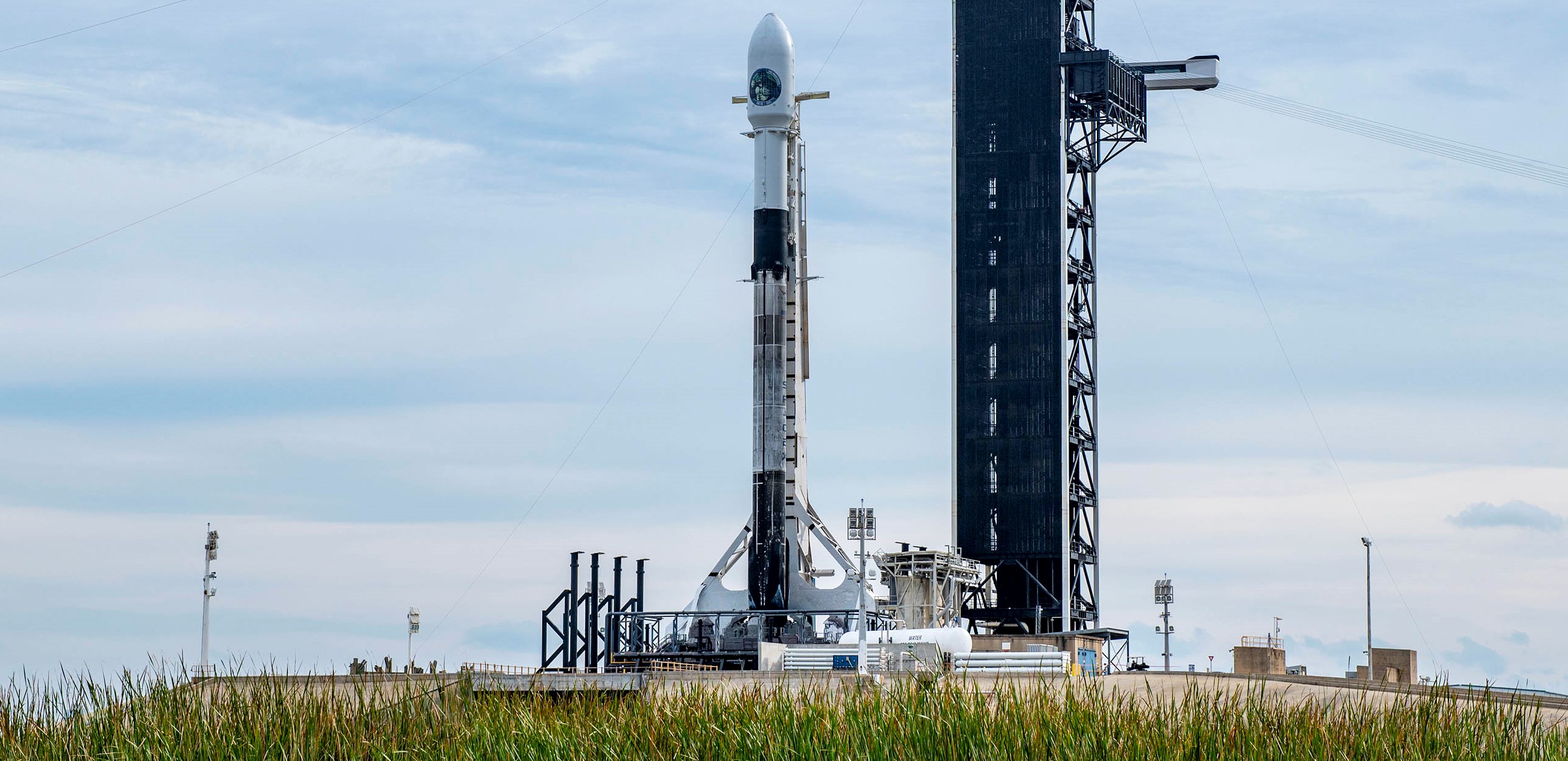
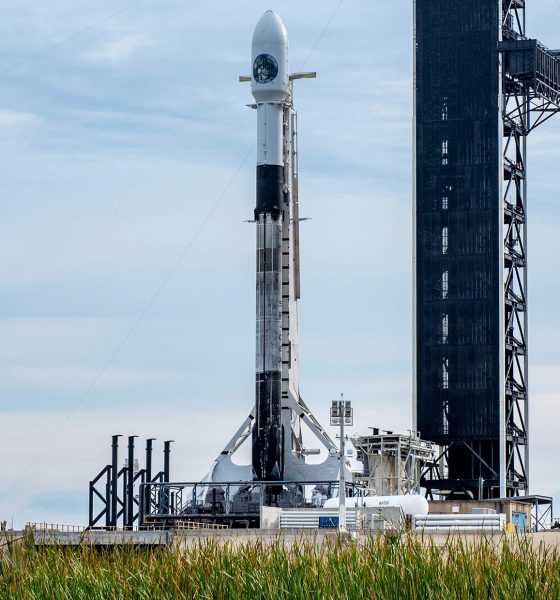
News
Watch SpaceX’s last launch and landing of 2020 live [webcast]
Update: Despite no plans for a preflight static fire, SpaceX remains on track to attempt its last launch and landing of 2020 as early as 9 am EST (14:00 UTC), Thursday, December 17th.
After performing a routine preflight wet dress rehearsal (WDR) and booster static fire prior to every launch since September 2016, SpaceX has gradually begun to loosen the requirement for flight-proven rockets in 2020. Instead, if a prior flight or post-flight inspection reveal issues, static fires will serve more as a data-driven diagnostic tool. For flight-proven boosters with a clean bill of health, so to speak, SpaceX appears to be confident enough to skip the procedure on a few internal Starlink launches and the odd customer mission.
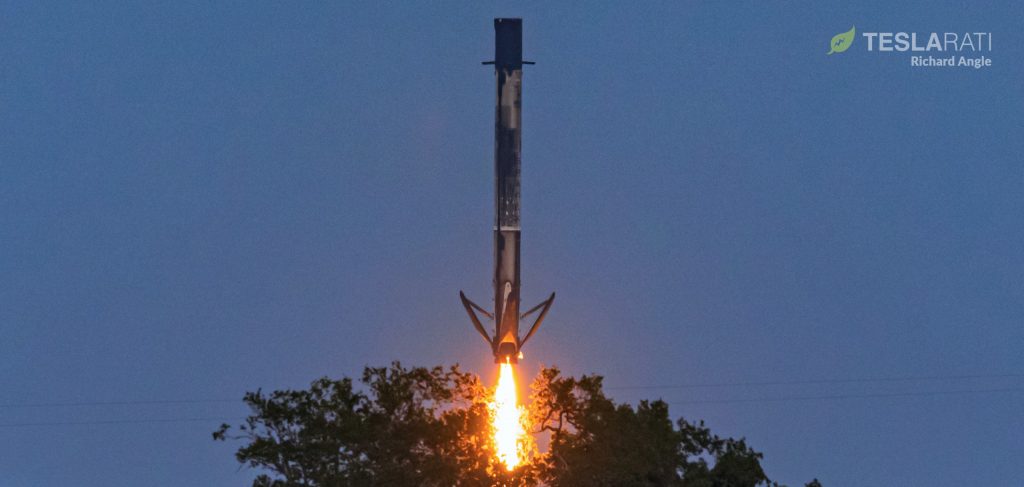
Now, despite NROL-108 begin the NRO’s first direct launch contract with SpaceX and first flight on a flight-proven Falcon 9 rocket of any kind, let alone the four-flight booster assigned to support it, the espionage agency apparently has equal faith in SpaceX. Falcon 9 B1059, a new upper stage and payload fairing, and the unspecified NROL-108 payload(s) went vertical at Kennedy Space Center (KSC) Launch Complex 39A on December 16th – far too late for any WDR or static fire testing prior to an early December 17th launch attempt.
The mission will be SpaceX’s 26th and final launch of 2020 and – barring a major surprise – the last orbital US launch of the year. As usual, SpaceX will broadcast the launch live, with coverage beginning around 15 minutes prior to liftoff (8:45 am EST/UTC-5).
The National Reconnaissance Office (NRO) says that SpaceX remains on track to attempt its last Falcon 9 launch and landing of the year after an almost two-month delay.
Originally scheduled to launch as early as October, the secretive orbital espionage agency’s NROL-108 launch plans were quietly revealed in routine communication permission requests filed by SpaceX with the FCC. Unfortunately, those plans came around the same time as a Falcon 9 booster engine issue aborted a SpaceX launch at the last second and forced the company to undergo a quick but extensive anomaly investigation. As it turns out, the Falcon 9 booster assigned to support NROL-108 (B1059) was practically siblings with the three new boosters affected by the investigation.
SpaceX may have had to swap some of the nine Merlin 1D engines on B1059, although a far less likely outcome given that B1059 had successfully completed four launches and landings at that point. Ultimately, while nothing is known for sure, payload-side issues with the NROL-108 satellite(s) are the most likely cause of most of the eight-week delay that followed. Now, confirmed by the NRO on December 14th, SpaceX is scheduled to launch its second mission for the spy agency no earlier than (NET) 9 am to 12 pm EST (14:00-17:00 UTC) on Thursday, December 17th.
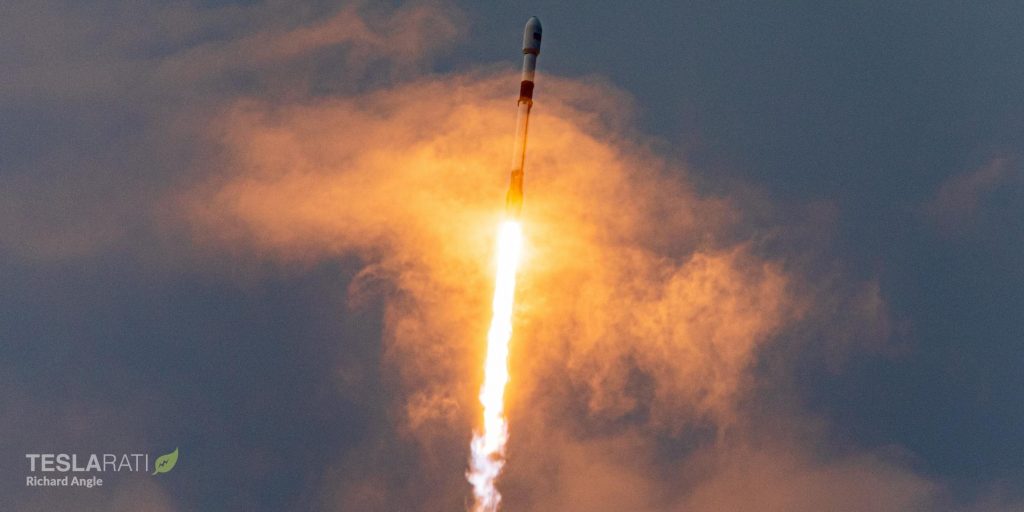
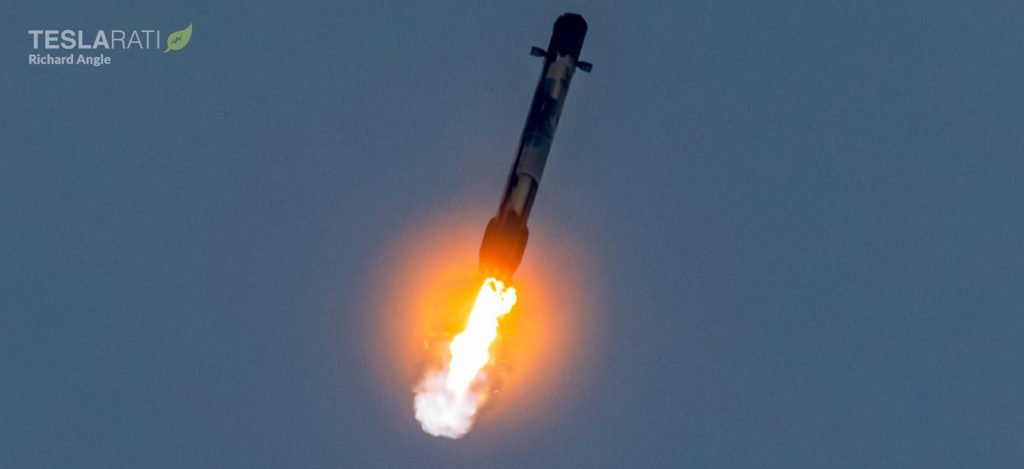
For SpaceX, this will be the third time in a single month that a customer has effectively leapfrogged several Falcon 9 booster reuse milestones, once again exhibiting an extreme amount of confidence in the company’s expertise with flight-proven rockets. On December 6th, Falcon 9 booster B1058 lifted off for the fourth time in support of SpaceX’s CRS-21 space station resupply mission for NASA, marking the space agency’s first launch on a twice- or thrice-flown booster.
On December 13th, carrying a large communications satellite for Sirius XM, another Falcon 9 booster lifted off for the seventh time, becoming the first private customer to launch on a five-flight or six-flight SpaceX rocket.
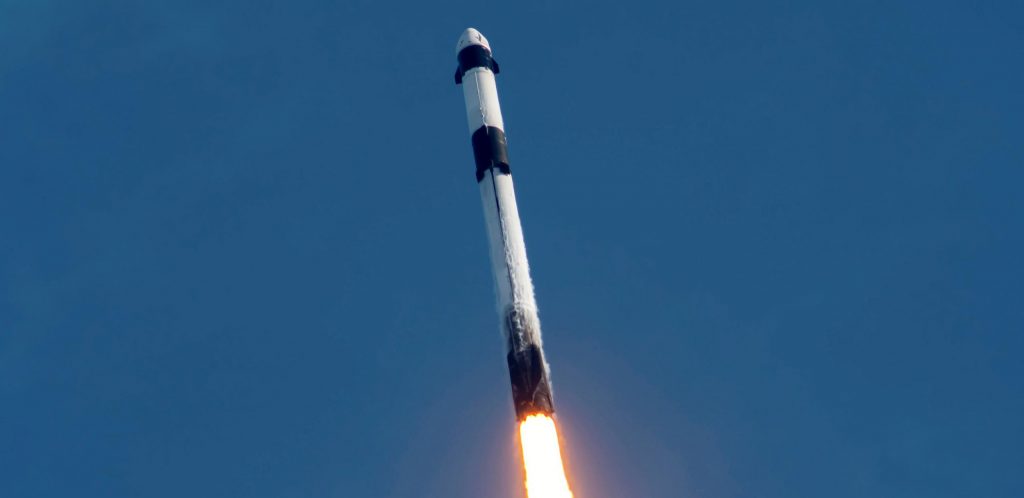
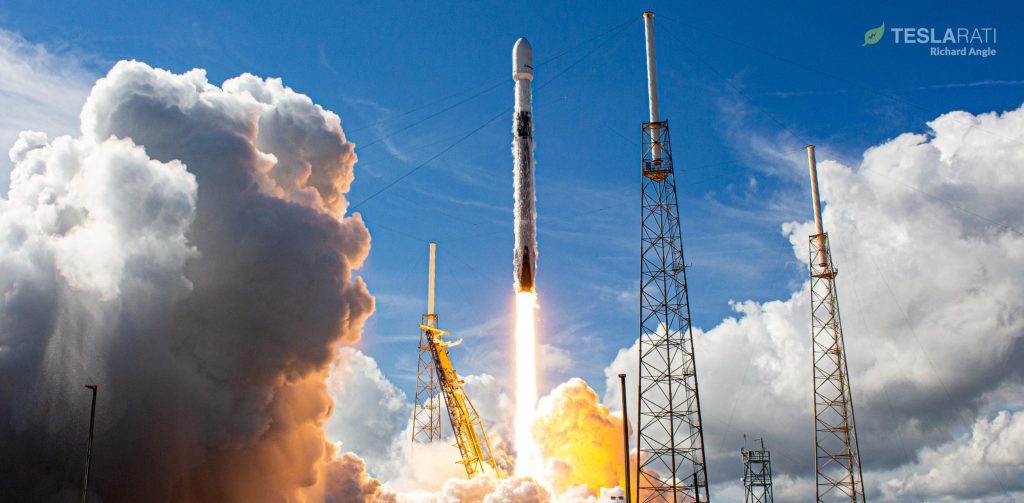
As few as four days after SXM-7, SpaceX is now scheduled to launch the mysterious NROL-108 mission. It will be the first time the NRO has launched a payload on a flight-proven commercial rocket of any kind, as well as its first launch on a two-flight, three-flight, or four-flight booster – by far the biggest numerical leap a SpaceX customer has ever taken. NRO’s first and only SpaceX launch – technically contracted by spacecraft provider Bell Aerospace, not NRO itself – was completed in May 2017.
While less significant, NROL-108 will also be SpaceX’s first US government launch on a four-flight Falcon 9 booster, yet another indication that even its most conservative customers have fully bought into the value and technical viability of reusable rockets.
After launch, Falcon 9 B1059 will flip around and head back towards the Florida coast for a landing at one of SpaceX’s two East Coast Landing Zones. Deploying a minute or so after booster separation, Falcon 9’s two payload fairing halves are expected to splash down some 330 km (~205 mi) downrange, where SpaceX recovery ships GO Search and GO Ms Tree will attempt recovery.

News
Tesla dominates in the UK with Model Y and Model 3 leading the way
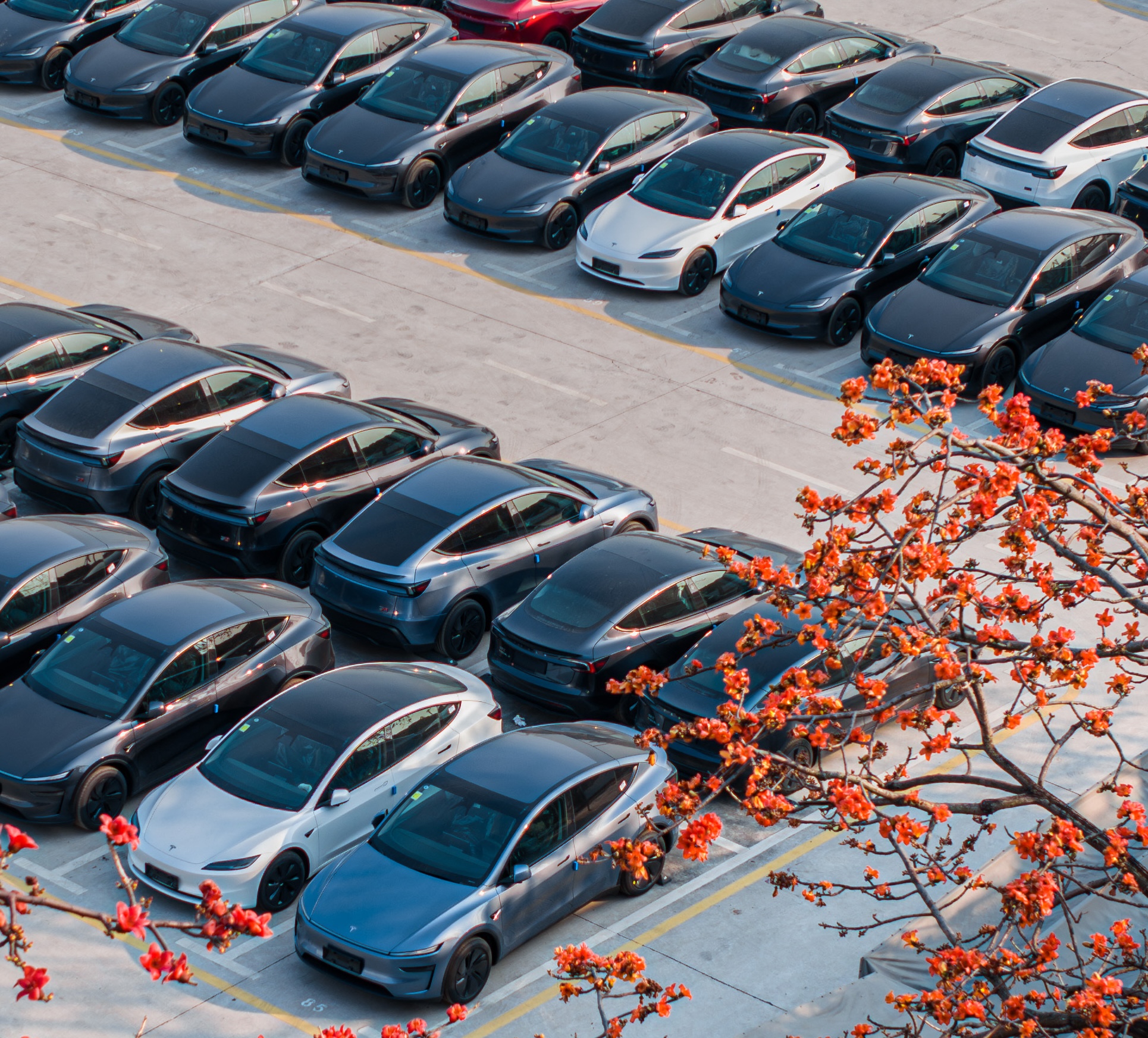
Tesla is dominating in the United Kingdom so far through 2025, and with about two weeks left in the year, the Model Y and Model 3 are leading the way.
The Model Y and Model 3 are the two best-selling electric vehicles in the United Kingdom, which is comprised of England, Scotland, Wales, and Northern Ireland, and it’s not particularly close.
According to data gathered by EU-EVs, the Model Y is sitting at 18,890 units for the year, while the Model 3 is slightly behind with 16,361 sales for the year so far.
The next best-selling EV is the Audi Q4 e-tron at 10,287 units, lagging significantly behind but ahead of other models like the BMW i4 and the Audi Q6 e-tron.
GOOD NEWS 🇬🇧 Tesla is absolutely crushing the UK electric vehicle market in 2025 💥
The numbers are in, and the dominance is clear. With an impressive amount of 42,270 vehicles delivered year-to-date, the brand now commands a solid 9.6% market share of the total auto market 🆒… pic.twitter.com/dkiGX9kzd0
— Ming (@tslaming) December 18, 2025
The Model Y has tasted significant success in the global market, but it has dominated in large markets like Europe and the United States.
For years, it’s been a car that has fit the bill of exactly what consumers need: a perfect combination of luxury, space, and sustainability.
Both vehicles are going to see decreases in sales compared to 2024; the Model Y was the best-selling car last year, but it sold 32,610 units in the UK. Meanwhile, the Model 3 had reached 17,272 units, which will keep it right on par with last year.
Tesla sold 50,090 units in the market last year, and it’s about 8,000 units shy of last year’s pace. It also had a stronger market share last year with 13.2 percent of the sales in the market. With two weeks left in 2025, Tesla has a 9.6 percent market share, leading Volkswagen with 8 percent.
The company likely felt some impact from CEO Elon Musk’s involvement with the Trump administration and, more specifically, his role with DOGE. However, it is worth mentioning that some months saw stronger consumer demand than others. For example, sales were up over 20 percent in February. A 14 percent increase followed this in June.
News
Tesla Insurance officially expands to new U.S. state
Tesla’s in-house Insurance program first launched back in late 2019, offering a new way to insure the vehicles that was potentially less expensive and could alleviate a lot of the issues people had with claims, as the company could assess and repair the damage itself.
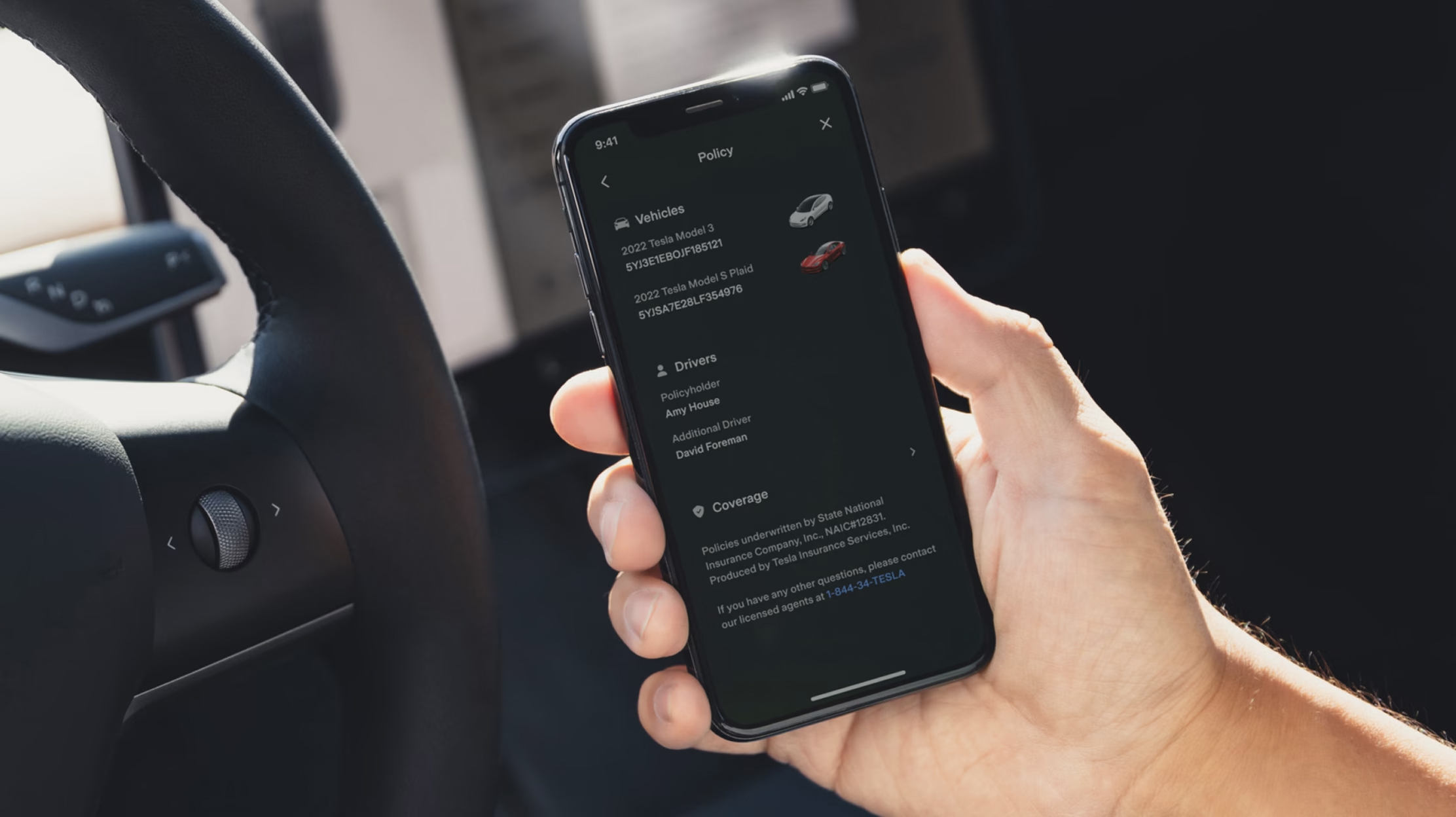
Tesla Insurance has officially expanded to a new U.S. state, its thirteenth since its launch in 2019.
Tesla has confirmed that its in-house Insurance program has officially made its way to Florida, just two months after the company filed to update its Private Passenger Auto program in the state. It had tried to offer its insurance program to drivers in the state back in 2022, but its launch did not happen.
Instead, Tesla refiled the paperwork back in mid-October, which essentially was the move toward initiating the offering this month.
BREAKING: Tesla Insurance has just officially launched in Florida.
This is the first new state to receive @Tesla Insurance in more than 3 years. In total, Tesla insurance is now available in 13 U.S. states (map in thread below of all the states).
Tesla Insurance in Florida uses… pic.twitter.com/bDwh1IV6gD
— Sawyer Merritt (@SawyerMerritt) December 17, 2025
Tesla’s in-house Insurance program first launched back in late 2019, offering a new way to insure the vehicles that was potentially less expensive and could alleviate a lot of the issues people had with claims, as the company could assess and repair the damage itself.
It has expanded to new states since 2019, but Florida presents a particularly interesting challenge for Tesla, as the company’s entry into the state is particularly noteworthy given its unique insurance landscape, characterized by high premiums due to frequent natural disasters, dense traffic, and a no-fault system.
Annual average premiums for Florida drivers hover around $4,000 per year, well above the national average. Tesla’s insurance program could disrupt this, especially for EV enthusiasts. The state’s growing EV adoption, fueled by incentives and infrastructure development, aligns perfectly with Tesla’s ecosystem.
Moreover, there are more ways to have cars repaired, and features like comprehensive coverage for battery damage and roadside assistance tailored to EVs address those common painpoints that owners have.
However, there are some challenges that still remain. Florida’s susceptibility to hurricanes raises questions about how Tesla will handle claims during disasters.
Looking ahead, Tesla’s expansion of its insurance program signals the company’s ambition to continue vertically integrating its services, including coverage of its vehicles. Reducing dependency on third-party insurers only makes things simpler for the company’s automotive division, as well as for its customers.
News
Tesla Full Self-Driving gets sparkling review from South Korean politician
“Having already ridden in an unmanned robotaxi, the novelty wasn’t as strong for me, but it drives just as well as most people do. It already feels like a completed technology, which gives me a lot to think about.”

Tesla Full Self-Driving got its first sparkling review from South Korean politician Lee So-young, a member of the country’s National Assembly, earlier this week.
Lee is a member of the Strategy and Finance Committee in South Korea and is a proponent of sustainable technologies and their applications in both residential and commercial settings. For the first time, Lee was able to utilize Tesla’s Full Self-Driving technology as it launched in the country in late November.
Her thoughts on the suite were complimentary to the suite, stating that “it drives just as well as most people do,” and that “it already feels like a completed technology.”
드디어 오늘, 서울에서 테슬라 FSD 체험 했습니다.
JiDal Papa님의 모델S 협찬에 힘입어^^ 파파님 정말 감사합니다.
국회 -> 망원시장 -> 홍익대 -> 국회 복귀 코스였고요.
이미 무인 로보택시를 타봐서 그런지 신기함은
덜했지만, 웬만한 사람만큼 운전을 잘하네요.이미 완성된 기술이라고… pic.twitter.com/8pAidHBpRG
— 이소영 국회의원 (Soyoung Lee) (@im_soyounglee) December 17, 2025
Her translated post says:
“Finally, today I got to experience Tesla FSD in Seoul. Thanks to the Model S sponsored by JiDal Papa^^, I’m truly grateful to Papa. The route was from the National Assembly -> Mangwon Market -> Hongik University -> back to the National Assembly. Having already ridden in an unmanned robotaxi, the novelty wasn’t as strong for me, but it drives just as well as most people do. It already feels like a completed technology, which gives me a lot to think about. Once it actually spreads into widespread use, I feel like our daily lives are going to change a lot. Even I, with my license gathering dust in a drawer, don’t see much reason to learn to drive a manual anymore.”
Tesla Full Self-Driving officially landed in South Korea in late November, with the initial launch being one of Tesla’s most recent, v14.1.4.
It marked the seventh country in which Tesla was able to enable the driver assistance suite, following the United States, Puerto Rico, Canada, China, Mexico, Australia, and New Zealand.
It is important to see politicians and figures in power try new technologies, especially ones that are widely popular in other regions of the world and could potentially revolutionize how people travel globally.








